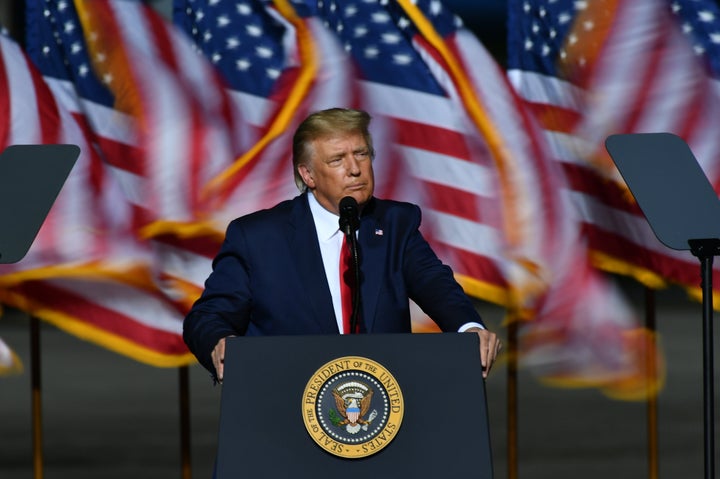
In this week’s Speech from the Throne, Canada’s federal Liberal government promised to support people and businesses “as long as (the pandemic) lasts, whatever it takes.”
With an apparent second wave of COVID-19 cases hitting various parts of the country, Prime Minister Justin Trudeau’s government is extending payouts to Canadians who have lost income in the pandemic in the form of a new Canada Recovery Benefit (CRB) that replaces the CERB, and which ― like the previous program ― will provide $500 a week to recipients.
The feds have also signalled plans to extend the Canada Emergency Wage Subsidy (CEWS) meant to help businesses keep employees on the payroll through the crisis.
That’s a stark contrast to what we are hearing in the U.S., where the federal government’s income supports for people and businesses ― passed in an uncharacteristic wave of bipartisanship at the outset of the pandemic ― are coming to an end. Even with certain states seeing a resurgence in cases, no new help seems to be coming.
Watch: Fed says U.S. economy slowing again. Story continues below.
Among the programs ending are the U.S.’s equivalent of CERB ― an enhanced unemployment insurance payout of US$600 a week ― as well as the U.S. equivalent of CEWS. Known as the Paycheck Protection Program, it offers loans to businesses to keep employees on the payroll.
After a spring of unusually rapid accomplishments, in which it passed the $2.2-trillion CARES Act, Washington is now experiencing a moment of extraordinary gridlock, even by its own standards, and ― with all other business on the back burner as the Republicans seek to push through a successor to the late Supreme Court Justice Ruth Bader Ginsburg ― Congress is unlikely to move on the economy.
That could mean hard times for the 26 million Americans who were still collecting unemployment benefits of some kind as of mid-September.
“Without additional income supports, spending could take a tumble as the high numbers of unemployed are forced to reduce consumption,” TD Bank economist Admir Kolaj wrote in a client note this week.
If that happens, there will be “an inevitable drag” on Canada’s exporting businesses, Bank of Montreal chief economist Doug Porter said ― businesses that are already struggling to emerge from this spring’s lockdowns.
“Barring a last-gasp miracle, it appears that the U.S. economy will be left to its own devices, with no new fiscal support at least until well after the election,” Porter wrote in a report Friday.
“And, even then, there are zero guarantees that anything meaningful can get done in the lame-duck session — especially if there is still wrangling over the election results.”
(On that front, a sliver of hope appeared late this week with news reports suggesting that Treasury Secretary Steven Mnuchin and House Majority Leader Nancy Pelosi have restarted talks on a stalled stimulus package.)
Either way, Canada won’t be able to decouple entirely from the situation in the U.S., Porter argued.
Second wave
On top of that, Porter wrote, “Canada is also now dealing with a clear upswing in new virus cases; while not yet in the same league as the summer levels seen in the U.S. on a per capita basis, they are high enough to prompt some moderate new restrictions.”
Ontario has announced a series of new restrictions in recent weeks, most recently mandating an earlier curfew for bars and restaurants and the shutdown of strip clubs.
Quebec announced tighter restrictions on public and private indoor activities earlier this month, and raised the alert level for a number of cities, including Montreal and Quebec City.
With many industries still waiting on the sidelines for a return to normalcy, and others facing increased restrictions, there is “growing evidence” that the recovery has “shifted into lower gear,” Kolaj wrote.
This month’s Business Barometer from the Canadian Federation of Independent Business (CFIB) showed a slight downturn in companies’ expectations for the next three months, with hiring and spending plans down slightly. The percentage of businesses in bad shape rose to 27.2 per cent, from 26.4 per cent the month before.
“On balance, we still look for slightly firmer growth in Canada than the U.S. over the next few quarters, but not a major separation,” Porter concluded.
In other words, amid this unprecedented and volatile U.S. election, Canada has little choice but to go along for the ride.
Also on HuffPost: